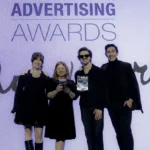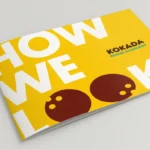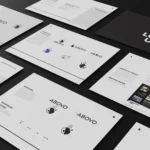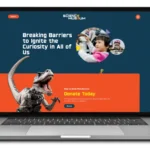For years, the ads people like you and I would hear on platforms like Spotify and Pandora have come from large national brands with marketing pockets deep enough to utilize the platforms. That was the case up until one of those platforms, opened its doors to marketers of all sizes: As of late 2017, Spotify has made advertising on their platform accessible for small to medium size businesses. Using this platform and resource to get in the mix with the big guys is a marketing opportunity many are seizing.
At Abovo, we recognize the importance of staying current with new marketing tools, and are totally excited by this opportunity to reach consumers like never before. We also recognize that anything worth doing is worth doing well, and a great Spotify ad starts with a great script. We’ve put together a step-by-step guide of our best practices to get the most out of your audio efforts.
Step #1: Write your script by counting words
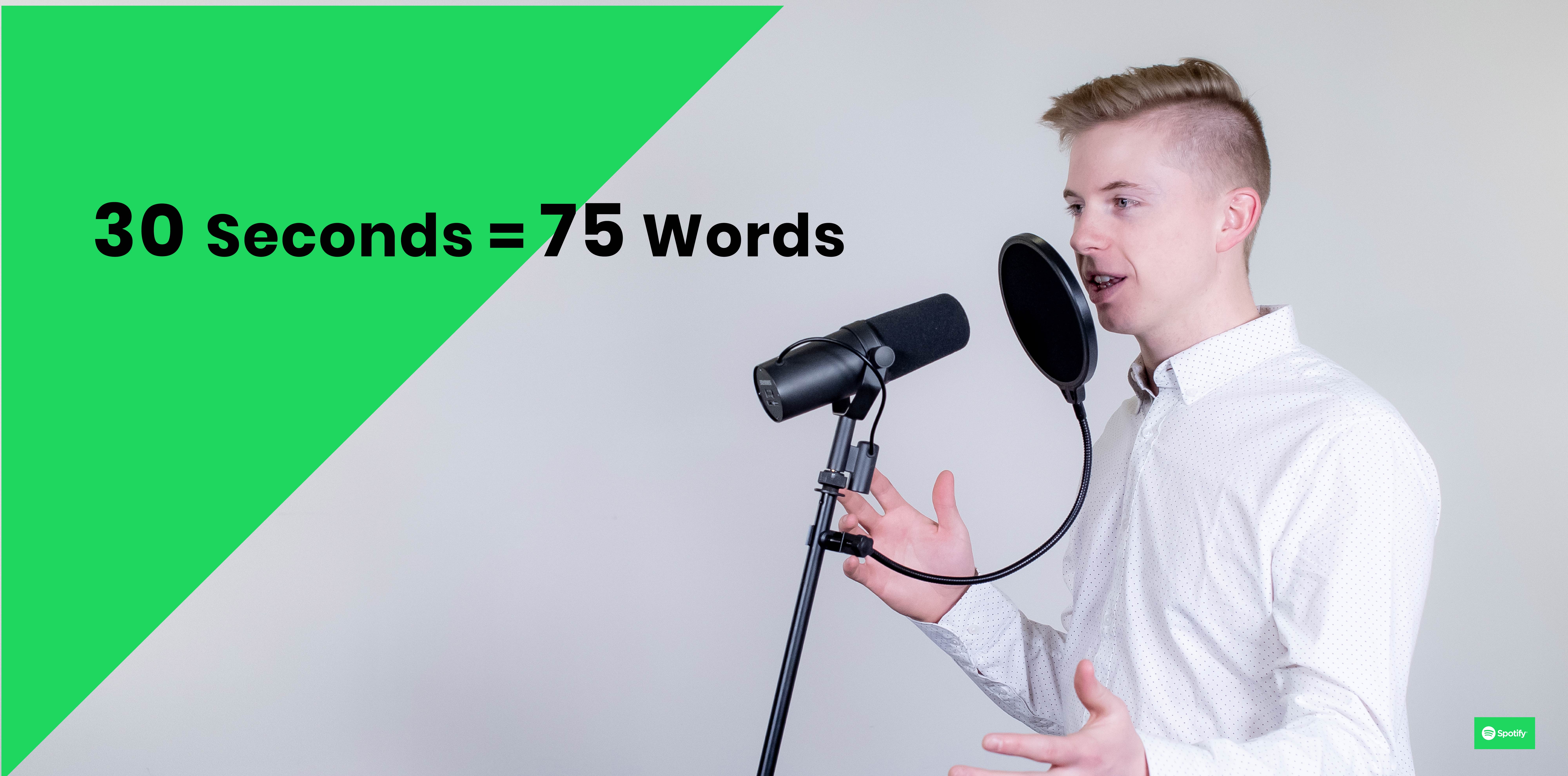
People naturally speak at about 2.5 words per second. This is the comfortable rate at which most people can consume a message effortlessly and retain the information. For effective Spotify scripts, follow this natural guideline by limiting yourself to this rate and developing a script with a word count based on 2.5 words per second. Currently, Spotify ads can be no more than 30 seconds, meaning you should aim for a script with 75 words, and avoid going over 90 words.
TLDR: Write a script at 2.5 words/second. 30 seconds x 2.5 = 75 words.
Abovo’s Script-Writing Guide
15 seconds: 37 words
30 seconds: 75 words
60 seconds: 150 words
90 seconds: 225 words
Step #2: Decide and define who you want to target
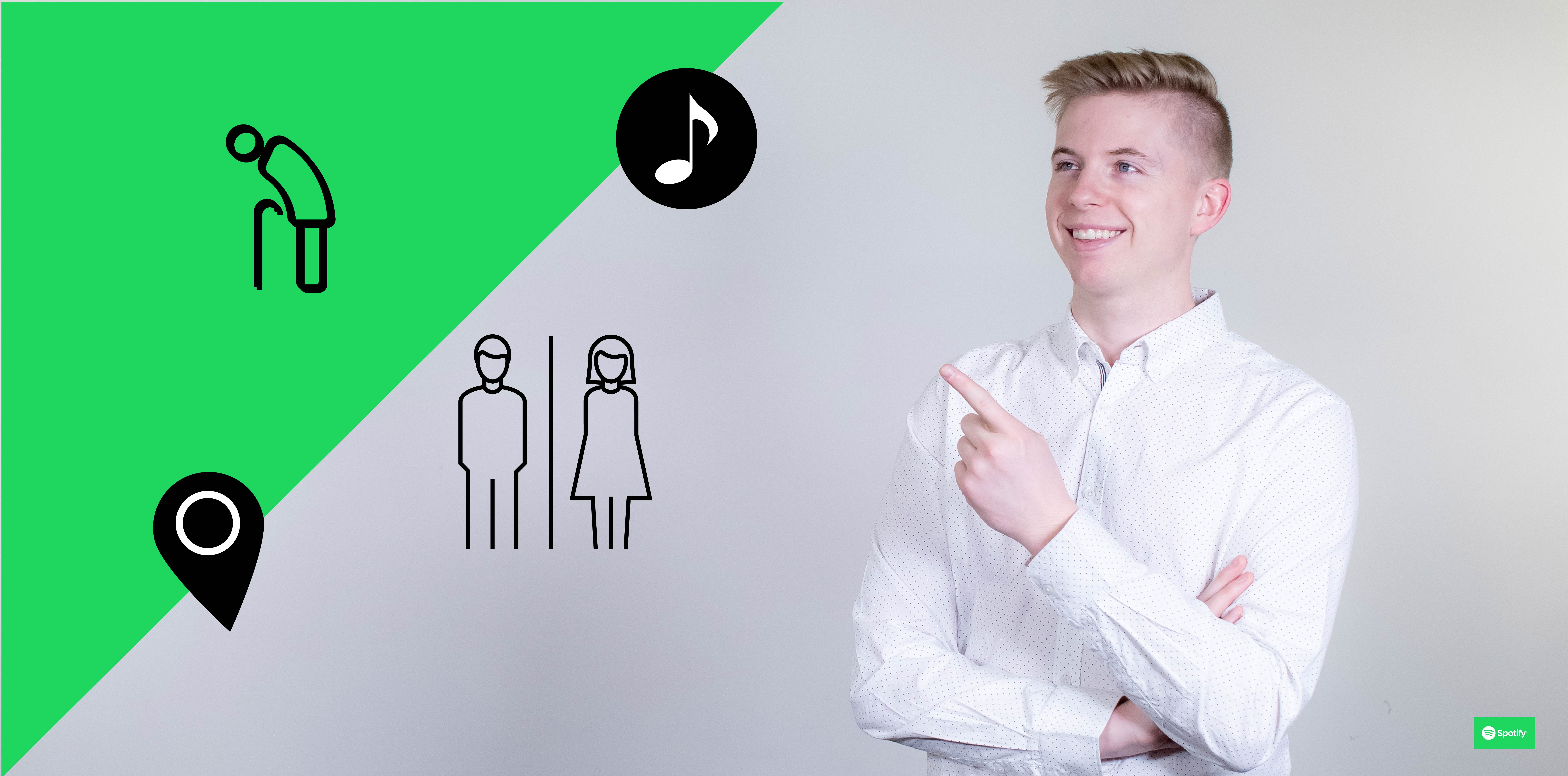
Perhaps our favorite feature Spotify offers is the ability to have your ads play to a certain audience based on demographics including age, gender, location and even the type of music they were listening to immediately before hearing your ad. This is exciting because it allows you to get personal with your message, knowing who the end listener will be – something that has never been possible with radio ads. For example, if you’re a salon with an almost exclusively female customer base between 18 and 35 years old, you can choose to have the ad only play to that demographic. This is great for two reasons:
1. You can avoid spending money delivering your ad to people who aren’t likely to be interested, like myself – a 24-year-old male with no desire to go to a salon (although I was recently a Dixie Chick for a costume party, so maybe I need to reconsider?).
2. You can get personal with your script. If you know your ad will only be playing to women between 18 and 35, men over the age of 30, or whatever your audience is, why not acknowledge you are speaking directly to them? If I heard an ad that started, “So you’re a guy in your 20s…”, I’d probably (1) be flattered that they know me so well, and (2) pay attention to what they have to say. Think of your business and whether there is an opportunity to write a script unique to the people you want to reach.
TLDR: Spotify gives you the ability to play ads only to a target demographic if you wish. Think of writing a script that is personal and unique to who will be hearing the ad. If your audience is women between 18 and 35 years old, don’t be afraid to speak directly to them.
Step #3: Ensure your script is conversational
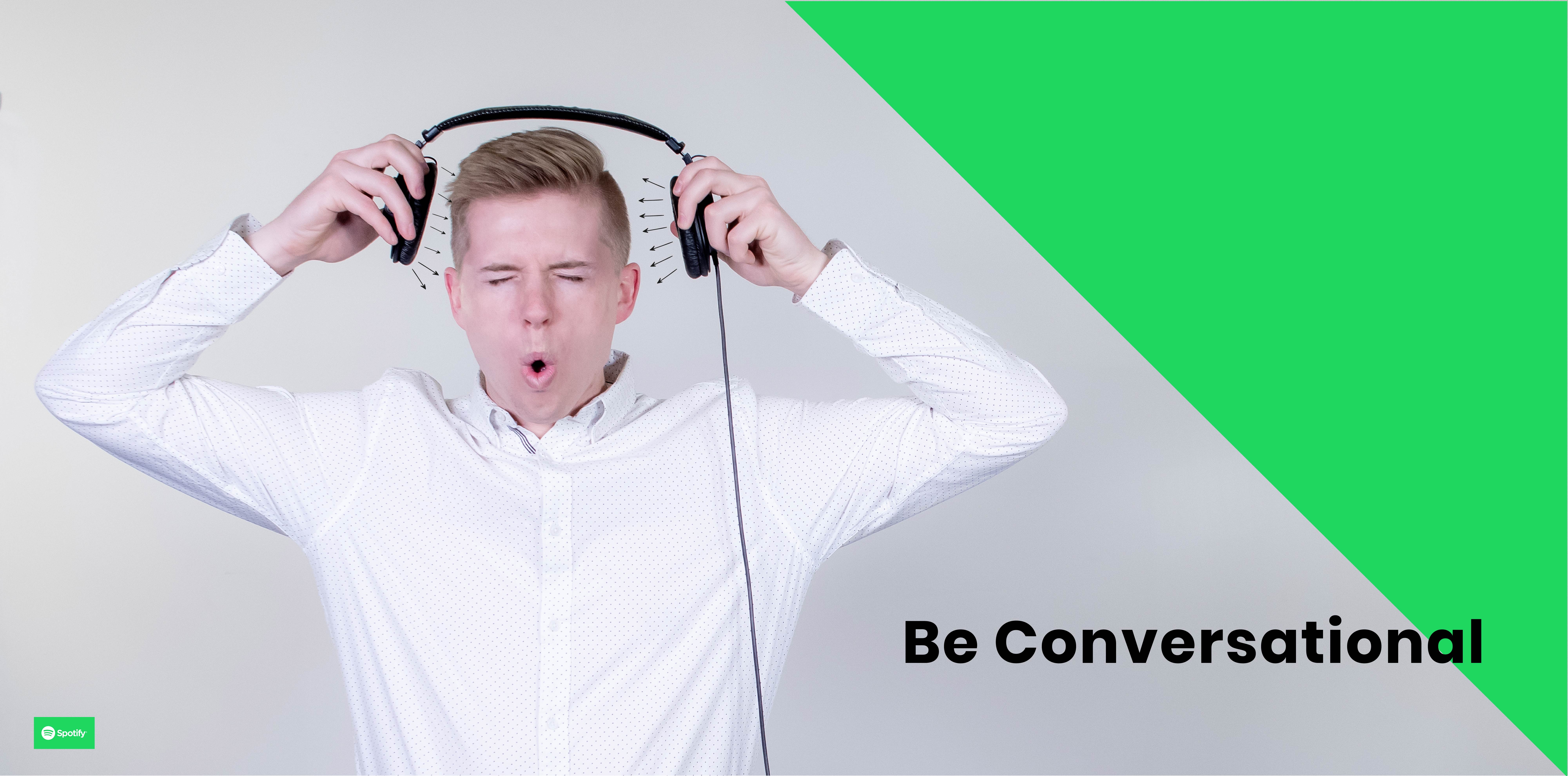
While Spotify ads certainly share similarities with traditional radio ads, they aren’t the same. One of the biggest differences is that Spotify ads aren’t played back-to-back with other ads, but rather sprinkled into a listener’s daily diet of tunes. What this means is there isn’t the need to shout your message (quite literally) in an attempt to break through the noise of competing ads, which is often the case with traditional radio. Instead, keep it conversational. More often than not, Spotify is a 1:1 setting – just think of how many people have their headphones on while they work. As I write this, 60% of my teammates are doing exactly that, including myself (currently “Wildflowers” by Tom Petty – what a song! I digress). The point here is you can get your message across more effectively by speaking to your listeners in a casual tone as if you were talking one-on-one. Keep that in mind while you’re writing your script.
TLDR: Don’t be annoying. Write a script that allows you to speak casually and as if you were in a one-on-one conversation.
Step #4: Make sure to include a call to action
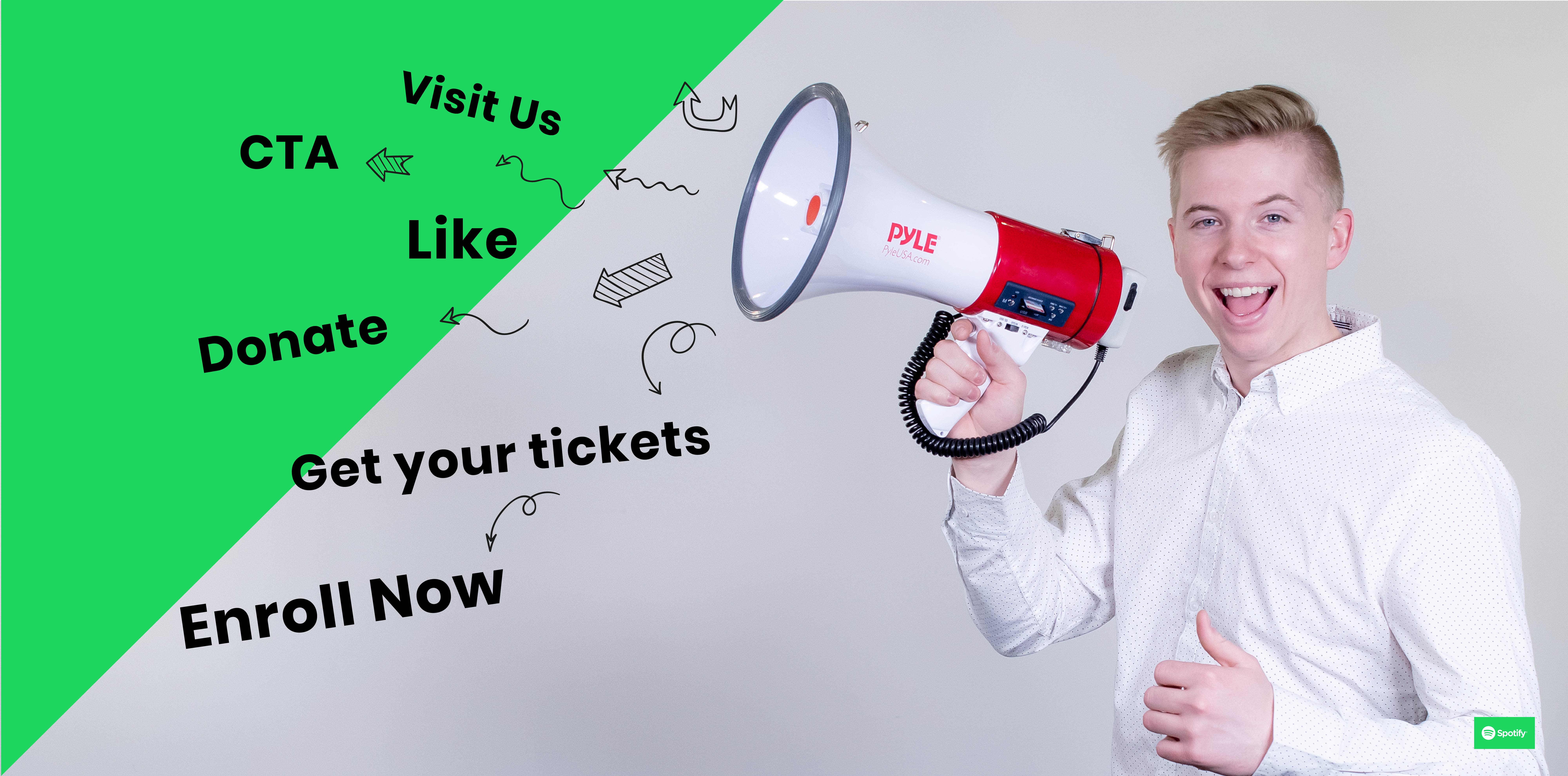
Spotify ads are incredible for getting your message in the ears of your audience and can do wonders for awareness, brand recognition, and campaign recall; all of which are highly important. On top of that, Spotify allows for more opportunity to implement a call-to-action (CTA) because of the ability for listeners to click and be taken to your website. That said, we recommend placing the CTA in the first half of the script to allow time for a listener to click the ad before it is over and they are back to their music. We also recommend giving the website URL verbally for those who may not be actively viewing the Spotify app and have it playing in the background so they can still carry out the CTA later if they don’t click right away.
TLDR: We recommend including a call to action and doing so within the first half of the ad – especially if the CTA is a link click – to give the listeners time to act before the ad finishes.
The way we listen is changing and Spotify offers a great opportunity
The way people consume audio has changed dramatically over the past decade or so. Each year, the number of people listening to the radio declines while streaming services like Spotify consistently grab a bigger bite of the market. While the ability for small businesses to market themselves on Spotify is a new and exciting opportunity, writing a great script will make it feel like you’ve been doing so for years.

